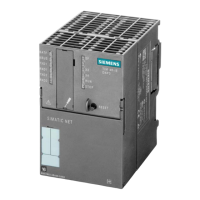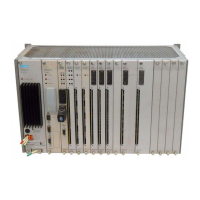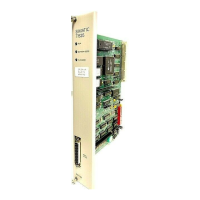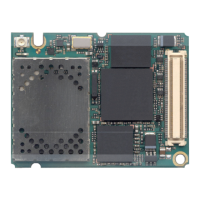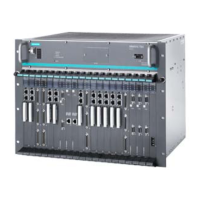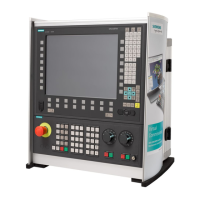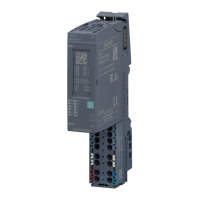Diagnostics and upkeep
7.3 SINAUT diagnostics and service tool
TIM DNP3
252 System Manual, 06/2014, C79000-G8976-C253-03
●
Cycle Time
tab
Set and measured cycle times of CPU modules
●
Stacks
tab
Information on the content of the block stack (B stack), interrupt stack (I stack) and local
data stack (L stack) of CPU modules
1. Select a local subscriber in the
SINAUT subscriber list
of the open project or in
Accessible Nodes
.
2. Open the dialog by selecting the
STEP 7 Diagnostics / Module Information
menu.
3. Select the individual tabs with the mouse.
The
General
tab displays the operating mode of the local CPU module and the operating
mode and status of the connected module if this is selected for outputs of diagnostic data.
The
Status
text box displays information on the status of the connected module from the
perspective of the local CPU module. The following possible statuses are distinguished:
● Status
OK
: Module exists, access possible
● Status
Error
: Problem, access to module not possible (parameter assignment or access
error)
Information on the module name and system identification is also display and in the
Version
output box, you will see a list of hardware and firmware components of the module with their
order numbers or the name and version.
This is followed by information on the rack, address and slot of the CPU module.
The
Diagnostic Buffer
tab displays the content of the diagnostic buffer of the module with
information on the message number, time of day, date and event. The entries are sorted in
descending chronological order; in other words, the latest message is at the top.
For the TIM, the last 200 entries of the diagnostic buffer are displayed, for a CPU normally
the last 10 diagnostic messages.
For TIMs, or diagnostic messages are displayed in plain language.
For CPUs, the system diagnostic messages are displayed as plain language and the TD7
diagnostic messages (in other words the messages created by the SINAUT user program)
are displayed in hexadecimal format.

